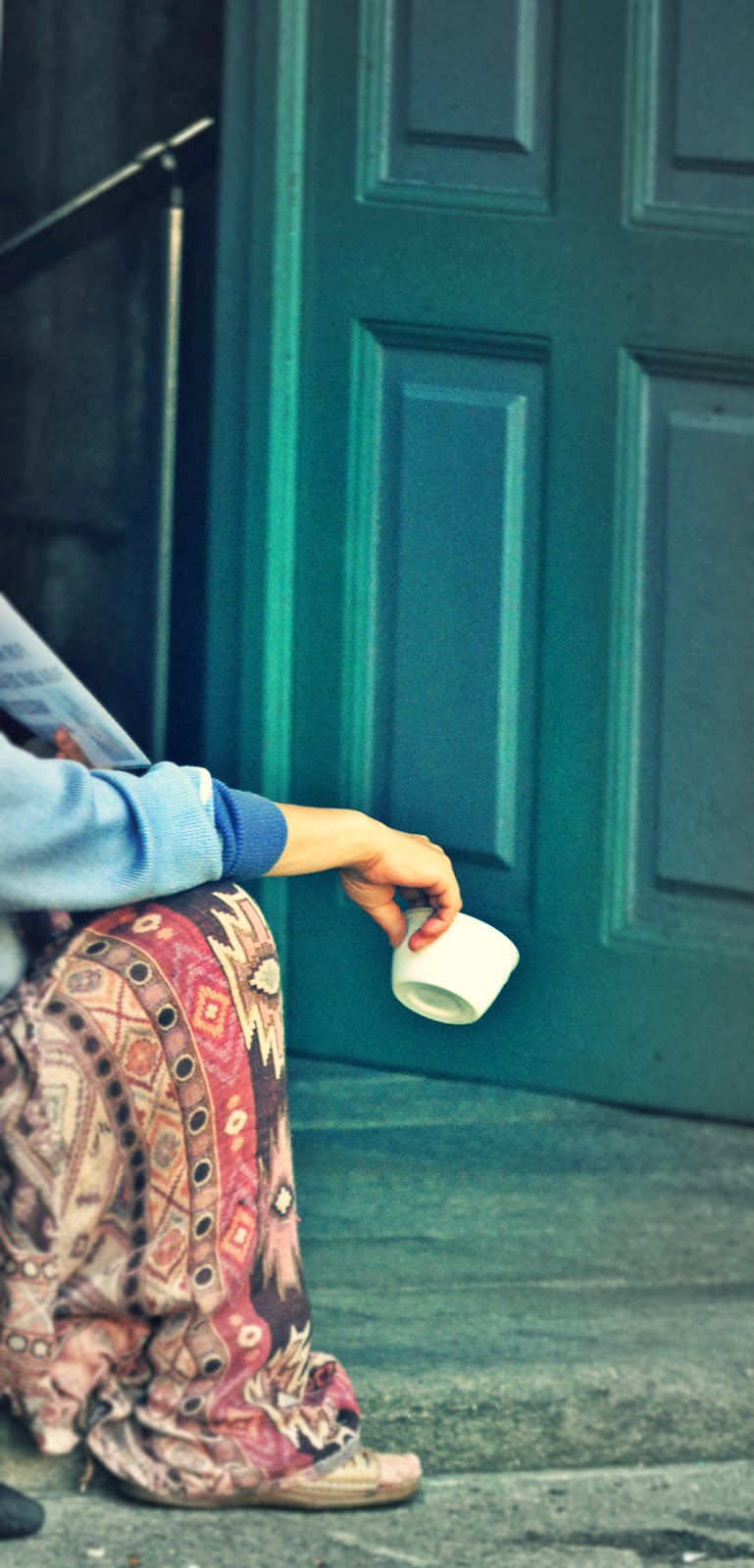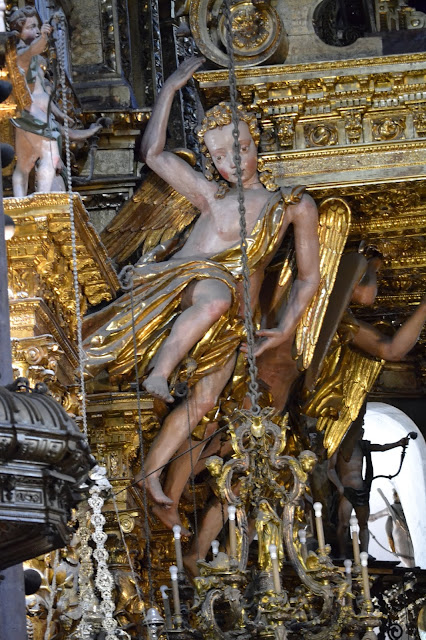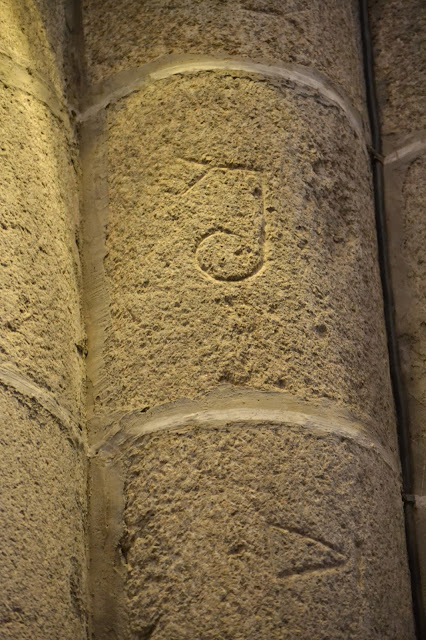It is no easy task to begin explaining the history of a cathedral with almost 1,000 years of history. Santiago de Compostel's history begins with Christianity introduced to the Celts by St. James and its later destruction by Al-Mansur Ibn Abi Aamir in 997 and a rebuilding of the cathedral in the 11th century. One should also know that the remains of St. James were returned to Galicia after he was beheaded in Jeruselem by King Herod Agrippa. But friends, you can search the web for more history on the cathedral and St. James the Great.
Visiting Galicia was a dream come true for me, since I had always read about pilgrims beginning the walk in the French Pyrenees by foot. What an incredible journey of faith to walk roughly 1,000 miles with blistered feet, a test of faith, and courage to bear hot and cold weather. I did it the easy way and drove to Santiago de Compostela by a defunct Renault Clio and a five hour bus journey from Oporto, Portugal. But that is another story. For this noia, walking hurndreds of miles is not on her bucket list.
So enjoy the exterior and interior photos of The St. James Cathedral in Galicia.
Adeu!
 |
| Obradoiro façade |
 |
| Top of Obraidoiro façade. |
 |
| Plaza de la Quinta façade. |
 |
| Love that staff. |
 |
| The front façade is in decay and needs restoration. |
 |
| We had perfect weather, such blue skies! |
 |
| The apostle St. James. |
 |
| The famous urns. |
 |
| I really like pulpits. It must be a power rush to preach to people. |
 |
| Strange symbols on several columns. |
 |
| The green button that lets you enter into St. James' crypt. |
 |
| The ubiquitous scalloped shell all pilgrims wear. |



















































































